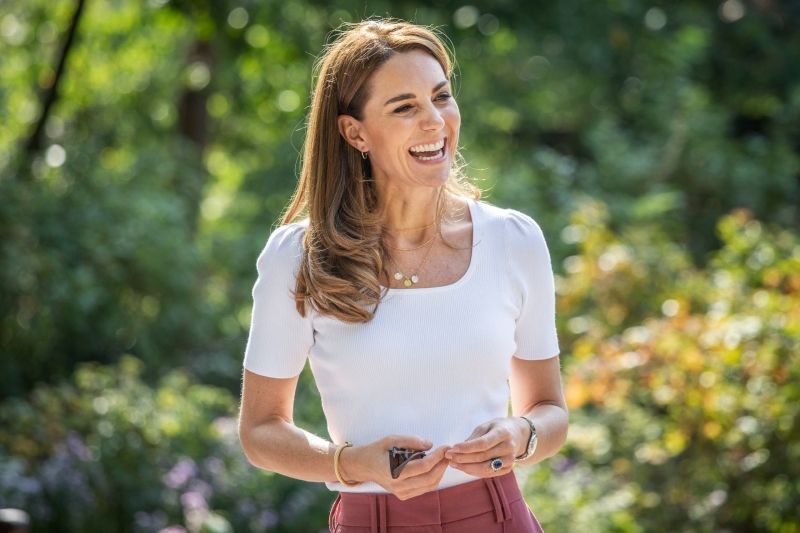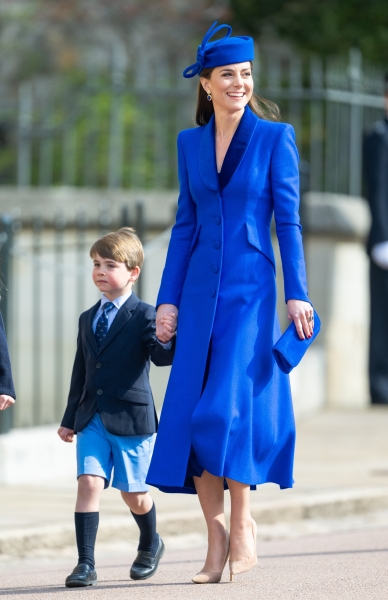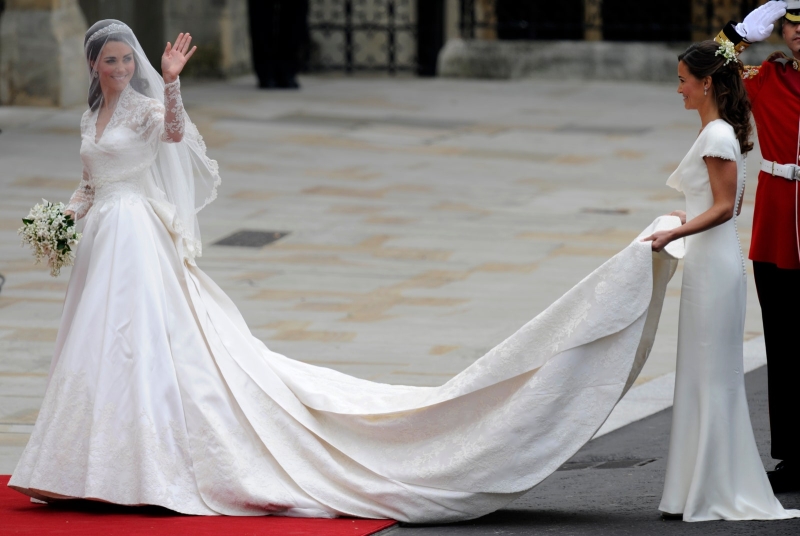
Kate Middleton’s announcement that she has been diagnosed with cancer has led to some rather shamefaced apologies from those who engaged in spurious speculation after the Princess of Wales absented herself from public life following abdominal surgery. Even celebrities such as Blake Lively and Kim Kardashian have held their hands up and admitted that they got carried away. The fallout from Catherine’s absence has been a bizarre, unedifying spectacle that says as much about the public’s relationship to monarchy as it does the institution’s inability to adapt to modernity. Now the truth has been revealed, alongside a heartfelt plea from the Princess for privacy, perhaps it’s time to take a moment to reflect on what the hell just happened.
The objectification of royal bodies, particularly female royal bodies, is nothing new, but the frenzy that Kate prompted simply by refusing to release her private medical information until she was ready belied the sense of entitlement that many feel towards those same bodies. In this vacuum, conspiracy theories abounded, not helped by a royal communications strategy beset by missteps. Many people guessed that the Princess was more unwell than had been revealed, and that she probably wasn’t feeling or looking her best after her treatment—hence, perhaps, the lack of public appearances and the release of Photoshopped images. But this didn’t stop the speculation. People seemed desperate to know what kind of surgery she had had that demanded such a long recovery, just as now they are desperate to know what kind of cancer she has, and what stage it is at. That this is a relatively young mother of three who has had to break difficult news to her children doesn’t seem to stop some people. Of course, it’s natural to speculate about those in the public eye, just as it’s natural to satirize them. What has seemed so unnatural is the feeding frenzy that has resulted in a female member of the royal family seeking a modicum of privacy about her own body.

Kate is not the first woman to be on the receiving end of this peculiar brand of misogyny, so weighted with historical baggage. The sense that to be a royal, or to enter into the monarchy is to become a symbol, a cipher, merely a body—especially when that person is female. Princess Diana, of course, had a body that became a battleground. Everything about her body, from her eating disorder to how she looked in a swimsuit in photographs taken through a long lens, became subject to scrutiny. People forget that before she married, the papers ran stories about the then 19-year-old’s virginity, a fixation that belonged in one of Grimms’ Fairy Tales, not 20th-century Britain. Decades later, her son’s new bride would receive overwhelmingly negative press attention and intrusion as a result of her own body, at the root of which was her Blackness. Recall the unhinged fury over how often Meghan touched her stomach when pregnant, and her refusal to pose for a postpartum photo on the steps of the hospital, as Kate had done before her.
In historical terms, this particularly public fixation on the bodies of female royalty makes a twisted sort of sense. An institution predicated on succession will inevitably focus on fertility and pregnancy, because for so long the bearing of heirs and spares was the dominant part of the job description (arguably still is). Combine this with the cult of modern celebrity and you have a particularly virulent strain of misogyny. Yet on the other side of the coin, the royals have never really encouraged us to view them as fully human. They may no longer bang on about the divine right of kings, but it remains the historical belief system that festers beneath what purports to be a glossy, modern institution.
If you have always based your right to rule on the premise that you are distinct from other, more lowly humans, it is hard to claim surprise when that same public does not view you as like them, or deserving of the same privacy. This is complicated by the fact that we pay for them. There’s the feeling that we are owed something, that when something with major implications for the crown occurs, we deserve to be told. And to an extent, you could argue that we do, when there are significant implications for the country. The transactional nature of the relationship between the monarchy is part of what has made this situation so strange.

None of this is Catherine’s fault. She may have had some inkling, when she married into the royal family, of the level of objectification she was in for (the press had not been kind to her, remember, not only branding her “waity Katy,” but also weaponizing her class background to imply she was a prince-hunter and a social climber), but she still deserves compassion—it has been a rough ride, even before her serious illness. Objectively, people know that princesses have bodies like the rest of us, but do they really know? Perhaps, the fairy tale has been too successful, the transformation of an ordinary girl into a goddess too complete.
It’s been over 10 years since Hilary Mantel wrote her controversial essay “Royal Bodies”, which was read in bad faith as criticism of the Princess when in fact it was a far more interesting plea for the reader to think about what having a monarchy reduces us to. Raising the complicity of the public in the treatment of royal women is never comfortable, and yet we all know that the public appetite for news headlines and photographs directly contributed to the death of Princess Diana, as well as the Duchess of Sussex’s mental health crisis and decision to leave the country. It was far easier to paint Mantel as a mean old bluestocking than it was to properly engage with what she was saying, which is that the institution of monarchy not only dehumanises those forced to inhabit its gilded cage, but also those standing outside it, gawping inwards and treating them as public property. It’s actually a hugely compassionate essay, one that captures the essential loneliness of the monarch; of the Queen, she wrote: “… monarchy froze her and made her a thing, a thing which only had meaning when it was exposed, a thing that existed only to be looked at.”
The essay is worth rereading in full. It reminded me that it is not the Princess’s unwell body that the public wishes to dissect, but monarchy itself. “Royal persons are both gods and beasts. They are persons but they are supra-personal, carriers of a blood line: at the most basic, they are breeding stock, collections of organs.” These are not, perhaps, easy sentiments to read, when connected to an unwell woman for whom there is also, rightly, huge public sympathy. But they are important to remember, because Mantel’s analysis concludes with a plea for people to “back off and not be brutes”. I’m a republican who believes the monarchy entrenches social inequality, but I can’t help but agree with her. I don’t believe that people will learn anything from this, because the dynamic itself is too dysfunctional. How much more human pain and suffering will ensue, both for the Princess and for her children, remains to be seen. At the very least, those of us who have loved and lost someone with cancer can grant her what anyone with this awful illness needs: rest, and respite.

